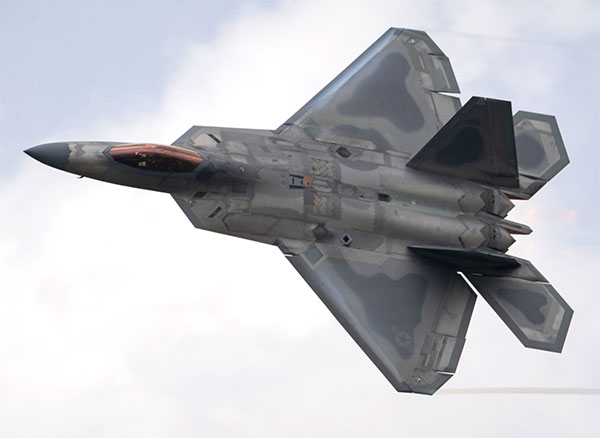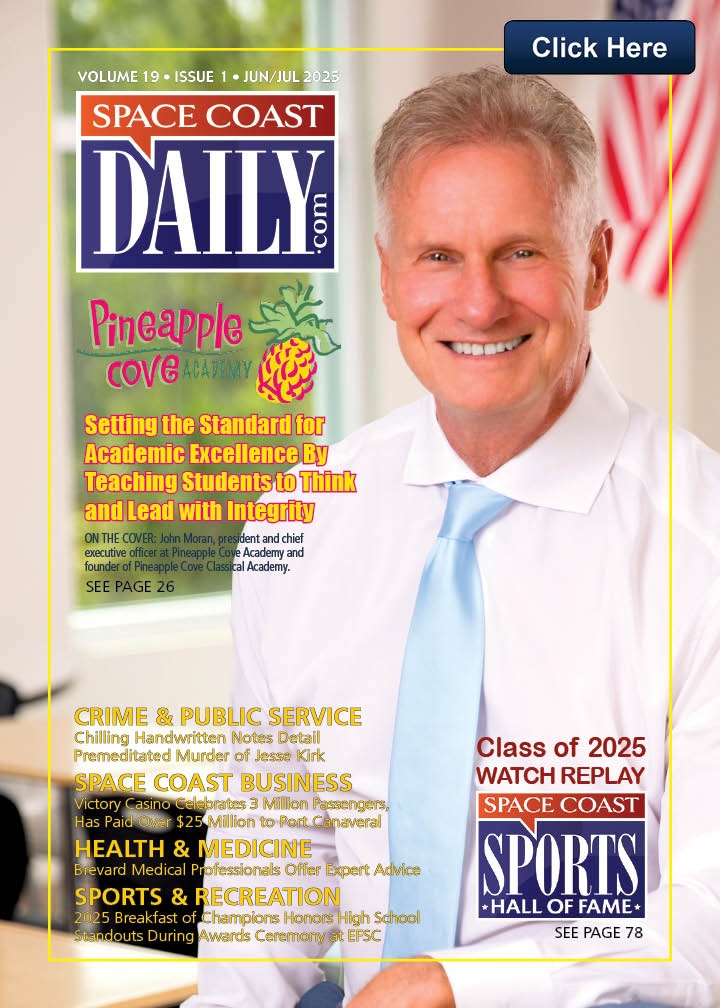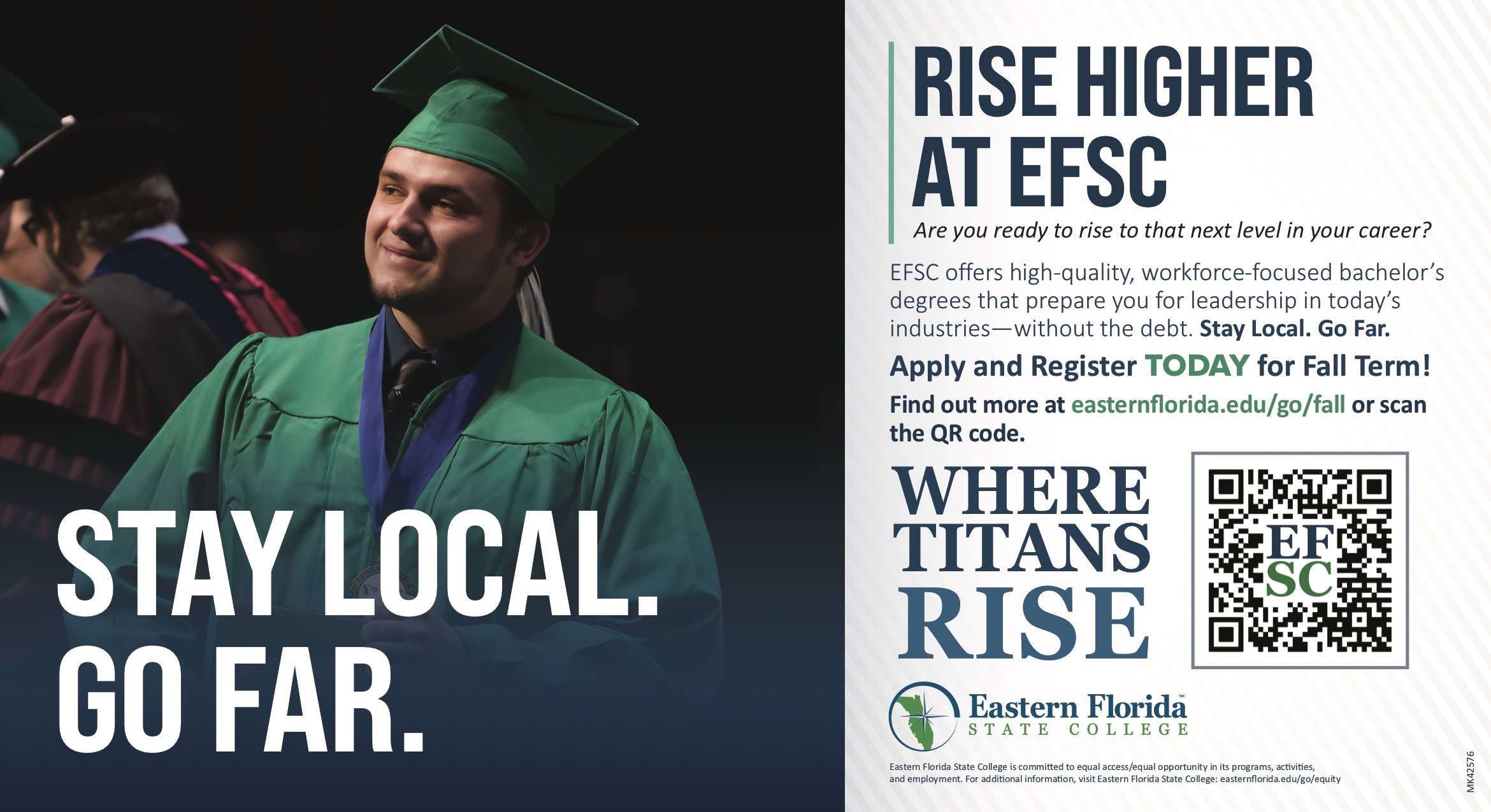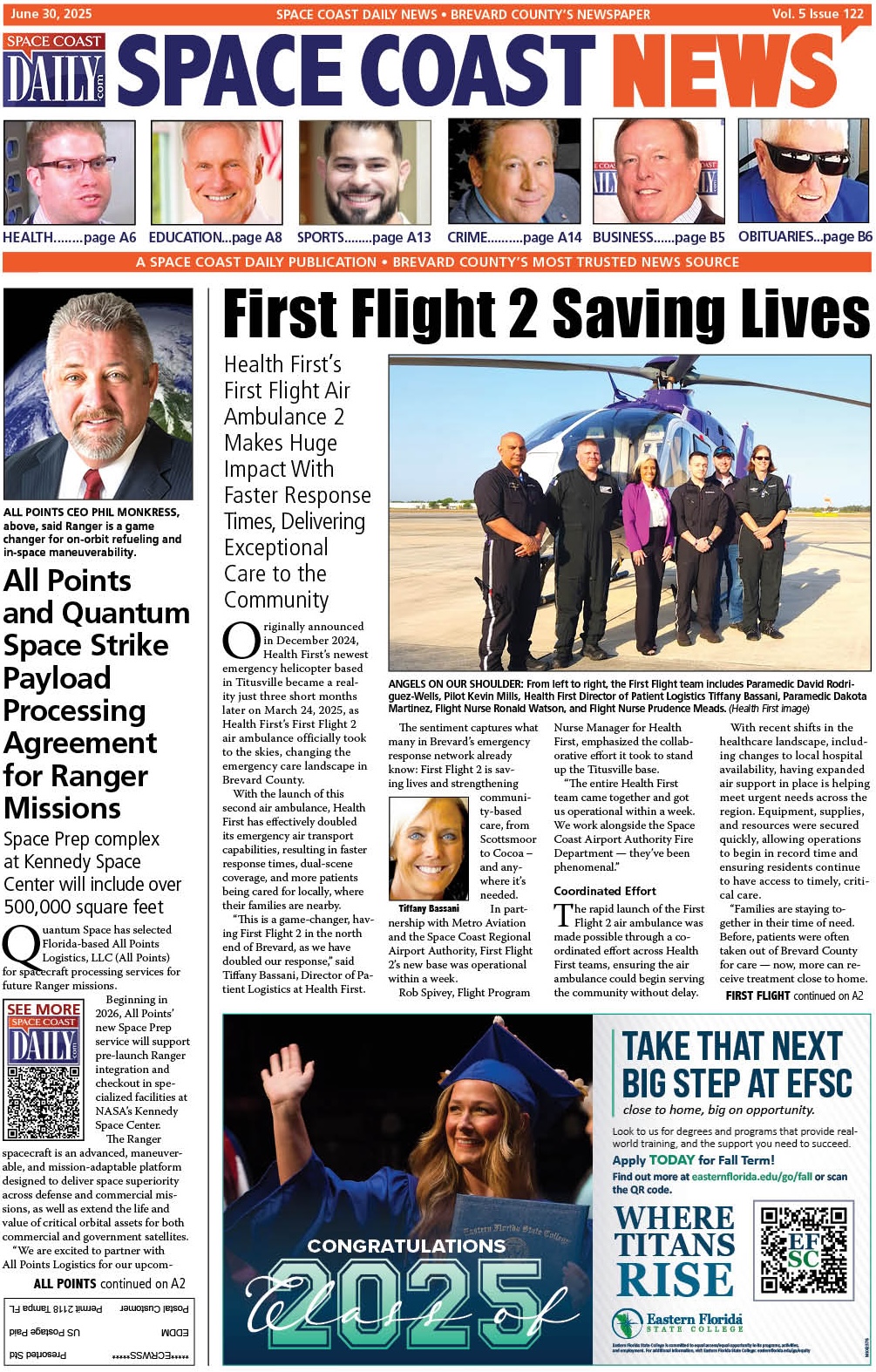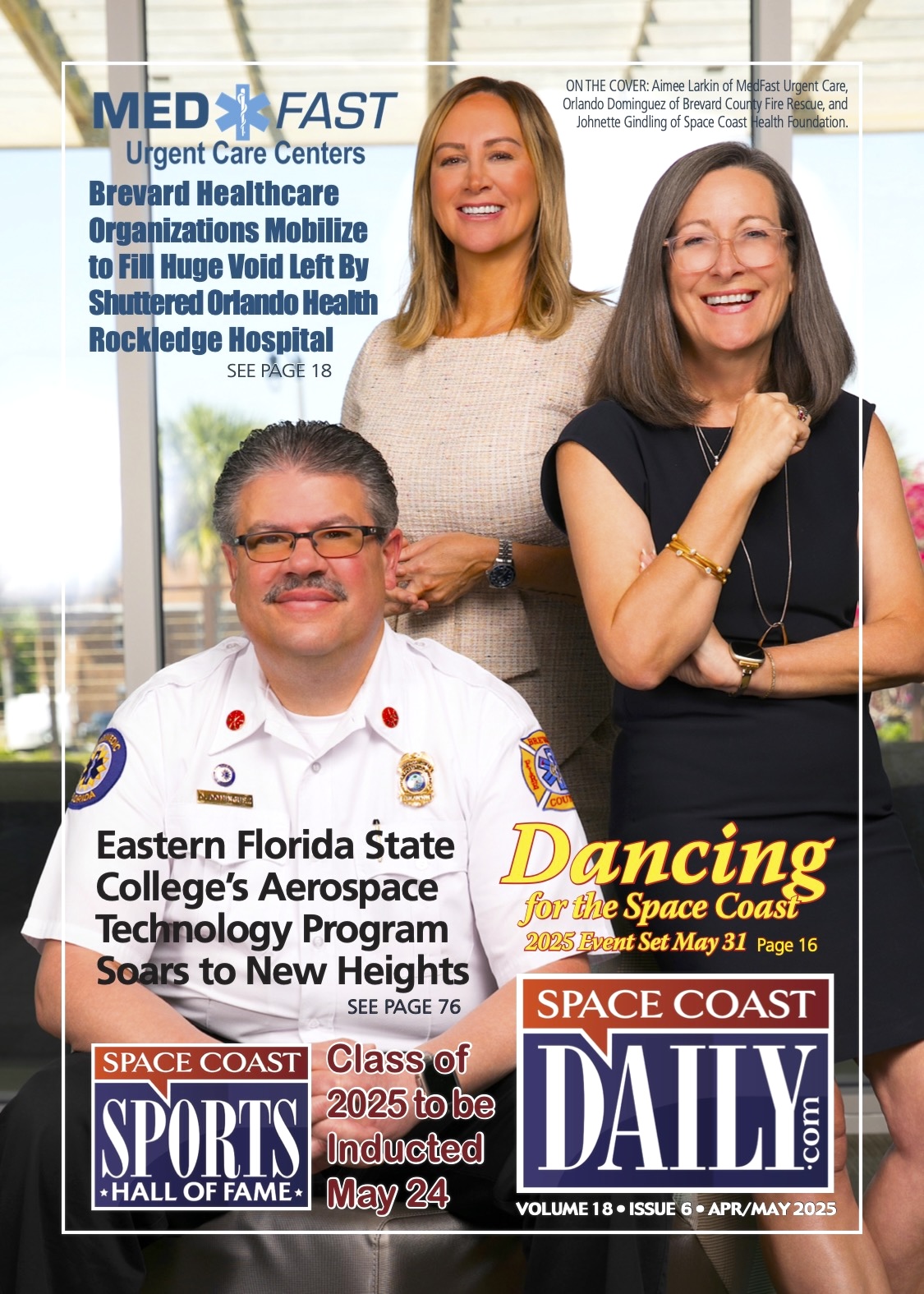VIDEO: Florida Institute of Technology Student, Alumna Participate in 2,600-Mile Air Race
By Adam Lowenstein, FIT News Bureau // June 26, 2017
Annual Air Race Crosses 14 States in Four Days
ABOVE VIDEO: A great explanatory video on how the Air Race Classic works and how the winner is determined. The Air Race Classic stretches back to the days of Amelia Earhart and is the only one of its type in the world.

BREVARD COUNTY, FLORIDA — A Florida Institute of Technology student and a recent graduate will fly 2,600 miles from Maryland to New Mexico as participants in the 41st annual Air Race Classic, the centerpiece of women’s air racing that traces its heritage to the days of Amelia Earhart.
Memorializing the 1929 Women’s Air Derby and continuing the tradition of transcontinental speed competition for women pilots that event kicked off, the Air Race Classic (ARC) brings together 54 teams from 35 states and six foreign countries, including teams from 14 colleges and universities.
Florida Tech is represented by pilot Chesapeake Gustin, an aeronautical science with flight major starting her senior year in the fall, and co-pilot Sherisse Pierre, who graduated in the spring with her master’s degree in aviation human factors after earning a bachelor’s degree in aviation meteorology with flight.
“We’re really excited to go,” Gustin said before she and Pierre headed for Frederick, Maryland, where the four-day race starts June 20.
“I’m looking forward to meeting other racers along the route, interacting with them as we’re doing the race, and learning from their experiences.”
With all flying done during the day using visual flight rules, Pierre said she is excited about experiencing terrain different than what she’s used to seeing.

“All of my flight training has been in Florida or southern Georgia,” she said.
“It will be a really great learning experience for them,” said Victoria Dunbar, associate dean at Florida Tech’s College of Aeronautics and a three-time ARC participant.
“Only 6 percent of all pilots in the United States are female. The College of Aeronautics participates in many events each year that foster females in aviation, in an attempt to increase this number.”
Capt. Judy Rice, the founder of Think Global Flight who with famed moonwalker Buzz Aldrin flew around the world to raise awareness for STEAM (science, technology, art, engineering, math) in 2015, is co-lead advisor of the Florida Tech team.
“How wonderful to provide this opportunity to these bright Florida Tech students,” she said.
“Both of these young women are perfect examples of what our future holds.”
This year’s ARC starts in Frederick, Maryland, and ends in Santa Fe, New Mexico.
Intermediate stops are in Coshocton, Ohio; Indianapolis, Indiana; Decorah, Iowa; Bemidji, Minnesota; Spencer, Iowa; Abilene, Kansas; Ardmore, Oklahoma; and Plainview, Texas.
At each of the eight intermediate stops teams will execute high-speed flybys over a timing line as they race against the clock. Faster planes may cover the course in only two days; slower teams may not arrive at the Terminus, Santa Fe Municipal Airport, until moments before the arrival deadline at 5 p.m. on June 23.
Because each plane receives a unique handicap, teams are racing against their own best time, not against one another.

This allows slower planes to compete against faster aircraft on an equal basis.
Teams strategize to play the elements, holding out for better weather or seeking more favorable winds, to beat their handicap by the greatest margin.
That aspect of it makes it an outstanding training opportunity, Dunbar said. “There is a mission, you have a time frame, and you do it in the smartest way you can,” she said.
CLICK HERE FOR BREVARD COUNTY NEWS




